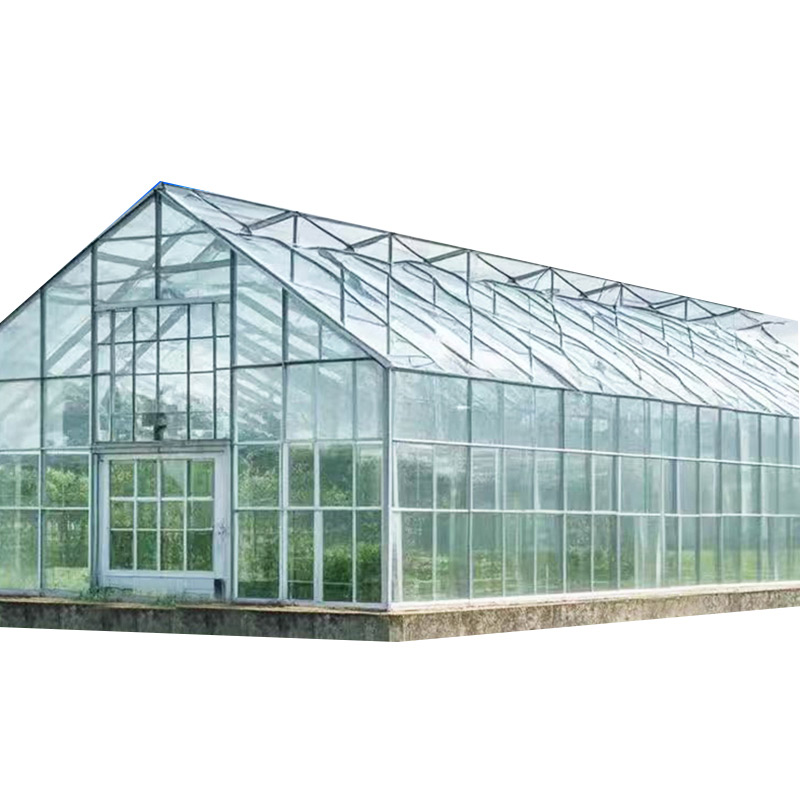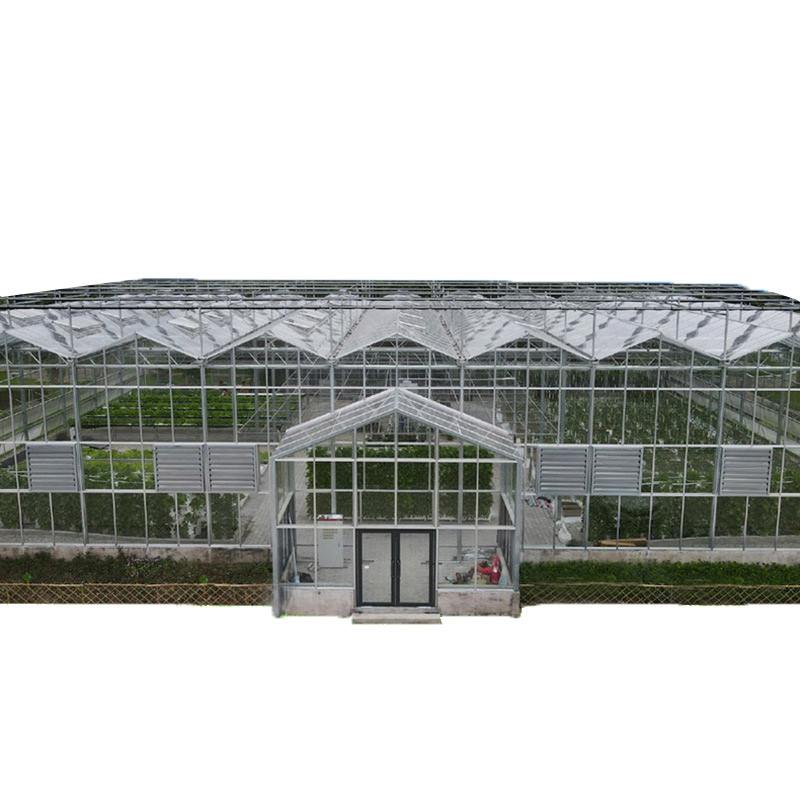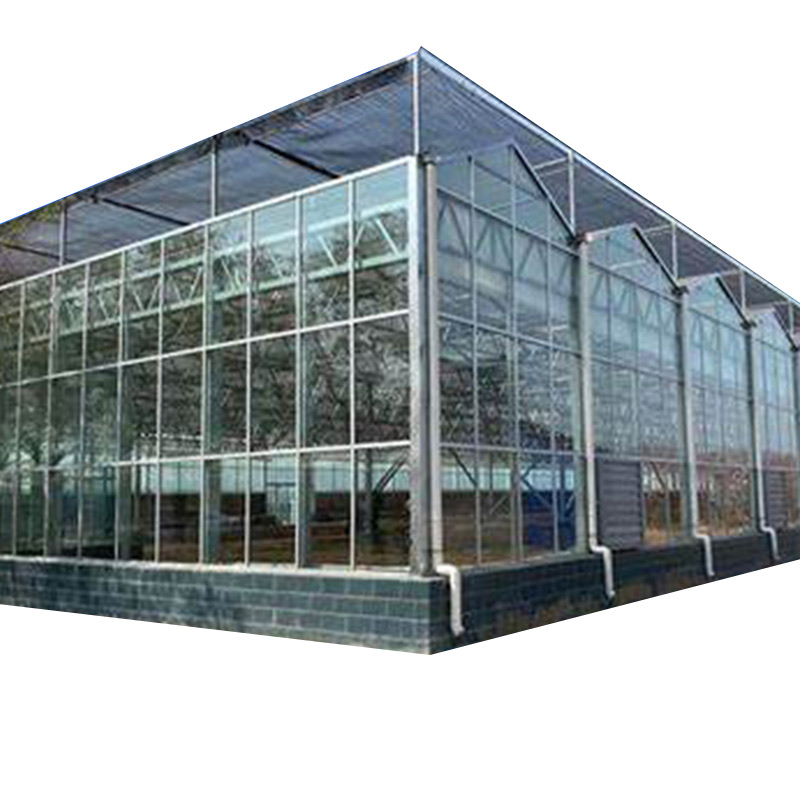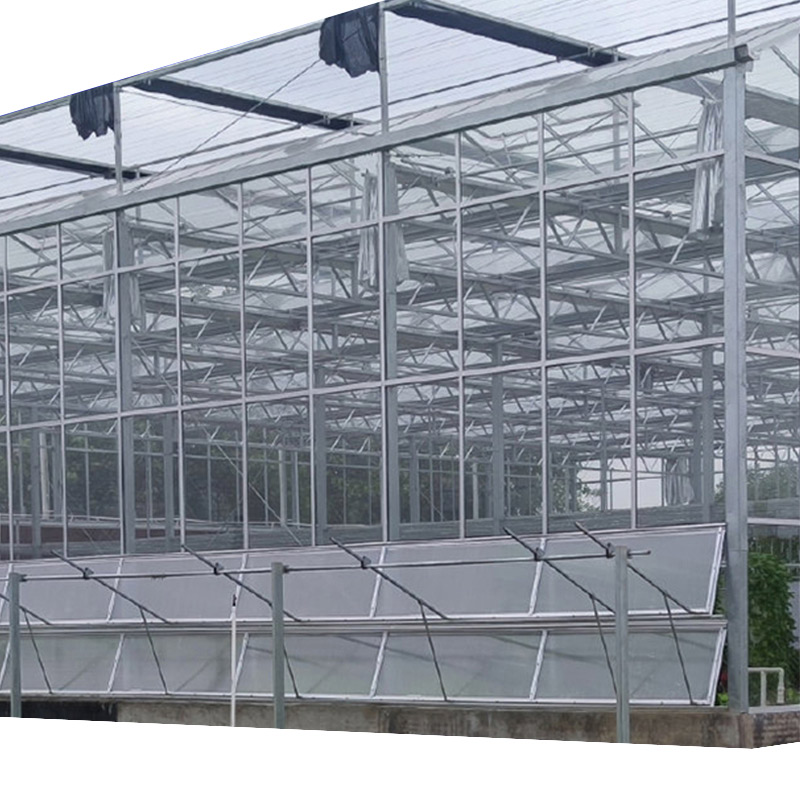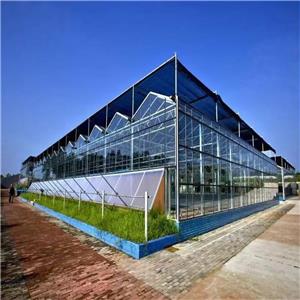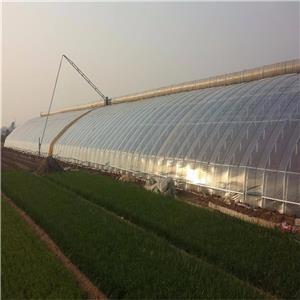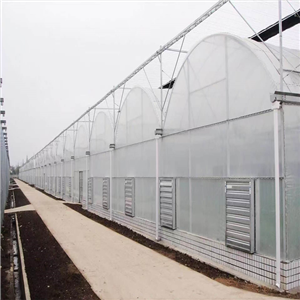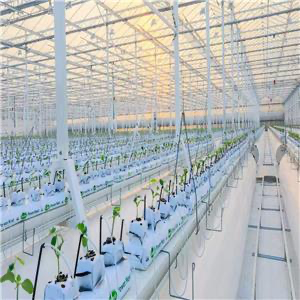
perspex lean to greenhouse and solar energy glass greenhouse are space-saving, wall-mounted structure made from UV-stabilized polycarbonate (Perspex), offering 90% light transmission with superior insulation. perspex lean to greenhouse and solar energy glass greenhouse compact design suits urban gardens, balconies, or small-scale growing, maintaining stable temperatures down to -10°C.
perspex lean to greenhouse and solar energy glass greenhouse integrat semi-transparent photovoltaic (PV) panels into glass roofs or walls, perspex lean to greenhouse and solar energy glass greenhouse generating electricity while allowing optimal light for plants. Ideal for commercial farms or off-grid growing, perspex lean to greenhouse and solar energy glass greenhouse reduces energy costs via solar-powered climate control, lighting, and irrigation.
Perspex lean to greenhouse and solar energy glass greenhouse
1. Introduction
Perspex lean to greenhouse and solar energy glass greenhouse represent a revolutionary integration of agricultural roduction and renewable energy generation, creating a self-sustaining ecosystem for modern farming. By combining high-efficiency photovoltaic (PV) technology with advanced greenhouse designs, this system allows growers to harvest sunlight twice—once for crop growth and again for clean electricity production.
This comprehensive guide of perspex lean to greenhouse and solar energy glass greenhouse explores:
perspex lean to greenhouse and solar energy glass greenhouse have Structural designs (semi-transparent PV, roof-mounted, or hybrid systems),Energy efficiency and crop optimization strategies,Commercial applications from small farms to agrivoltaic megaprojects,Cost-benefit analysis and future technological advancements。
2. How perspex lean to greenhouse and solar energy glass greenhouse Work
2.1 Basic Operating Principle
perspex lean to greenhouse utilizes semi-transparent photovoltaic glass or strategically placed solar panels to:
Allow photosynthetically active radiation (PAR, 400-700nm) to pass through for plant growth
Convert excess and infrared light into electricity
Maintain optimal temperature, humidity, and CO₂ levels via solar-powered systems
2.2 Types of Solar Greenhouse Designs
| Type | Description | Light Transmission | Energy Output |
|---|---|---|---|
| Semi-Transparent PV Glass | PV cells embedded between glass layers | 30-50% | 80-150W/m² |
| Roof-Mounted Solar Panels | Traditional PV panels on greenhouse roofs | Adjustable shading | 150-200W/m² |
| Vertical Solar Walls | Solar panels on side walls for winter light | 70%+ (roof) | 50-100W/m² |
| Dynamic Hybrid Systems | Retractable panels for adjustable shading | Variable | 100-200W/m² |
3.1 Energy Independence
On-site electricity generation powers:
LED grow lights
Ventilation & heating systems
Hydroponic pumps & automation
Net-zero energy potential with surplus power sold to grids
3.2 Climate Control Optimization
Smart shading reduces heat stress in summer
Solar thermal storage (water tanks) stabilizes winter temperatures
CO₂ enrichment systems powered by excess energy
3.3 Increased Crop Yiel
Diffused light from semi-transparent PV reduces leaf burn
UV-selective coatings protect plants while generating power
Year-round production in extreme climates
4. Commercial Applications & Case Studies about perspex lean to greenhouse and solar energy glass greenhouse
4.1 Large-Scale Agrivoltaic Farms
Japan’s Solar Sharing: Farmers grow rice and vegetables under elevated solar panels, increasing land efficiency by 150%.
Netherlands’ Venlo Hybrid Greenhouses: 30% energy surplus while growing tomatoes.
4.2 Desert & Arid Region Adaptations
Sundrop Farms (Australia): Solar-powered desalination + greenhouses grow 17,000 tons of tomatoes annually in deserts.
4.3 Urban Rooftop Solar Greenhouses
Brooklyn Grange (USA): Rooftop greenhouses with solar panels supply local restaurants with fresh produce.
5. Cost Analysis & ROI of perspex lean to greenhouse
| Component | Cost (per m²) | Lifespan |
|---|---|---|
| Semi-Transparent PV Glass | 200−400 | 25+ years |
| Traditional Glass + Rooftop PV | 150−300 | 20-30 years |
| Solar Thermal Storage | 50−100 | 15+ years |
| Total System Cost | 400−800/m² | |
| Annual Energy Savings | 20−50/m² | |
| Payback Period | 7-12 years |
6. Future Innovations of perspex lean to greenhouse and solar energy glass greenhouse
Perovskite Solar Cells: Cheaper, more efficient transparent PV (testing at >30% efficiency).
AI-Driven Light Optimization: Dynamic panel adjustments for max crop/PV yield.
Solar + Hydrogen Integration: Excess energy stored as green hydrogen for winter heating.
7. Conclusion of perspex lean to greenhouse and solar energy glass greenhouse
The Solar Panel Glass Greenhouse is a game-changer for sustainable agriculture, merging food security and clean energy production. With advancing PV technology and smart farming integration, it offers a scalable solution for global food and energy challenges.
Interested in a custom design? Contact us for feasibility studies & solar-agriculture consulting!




